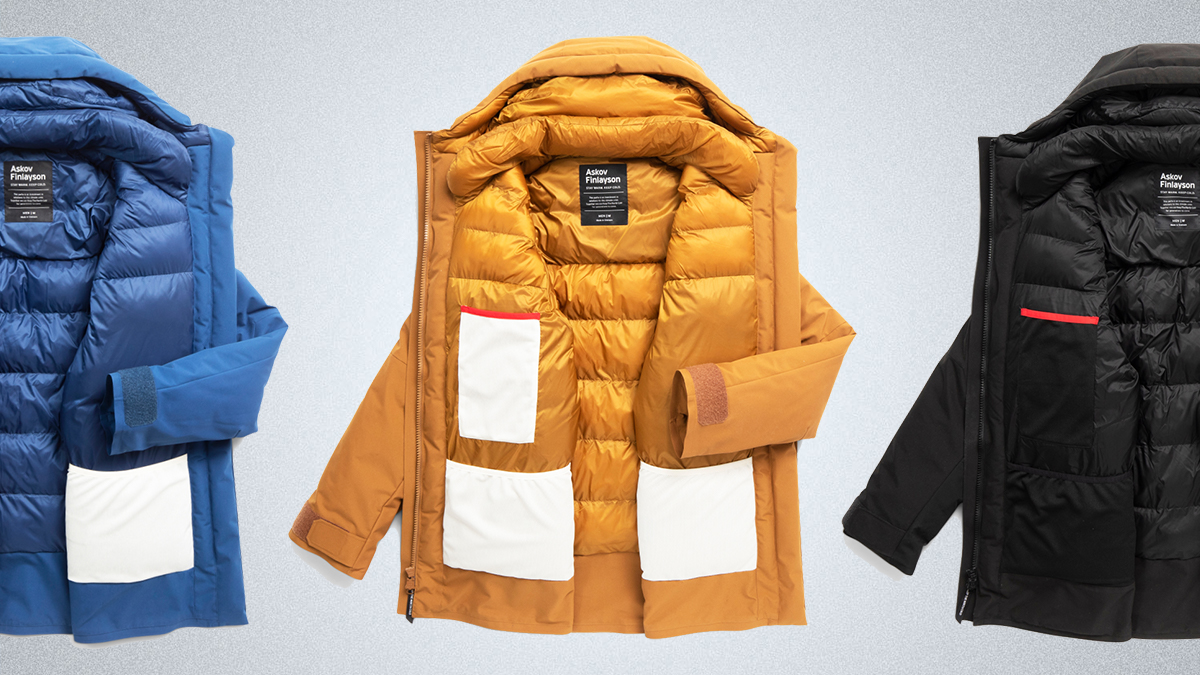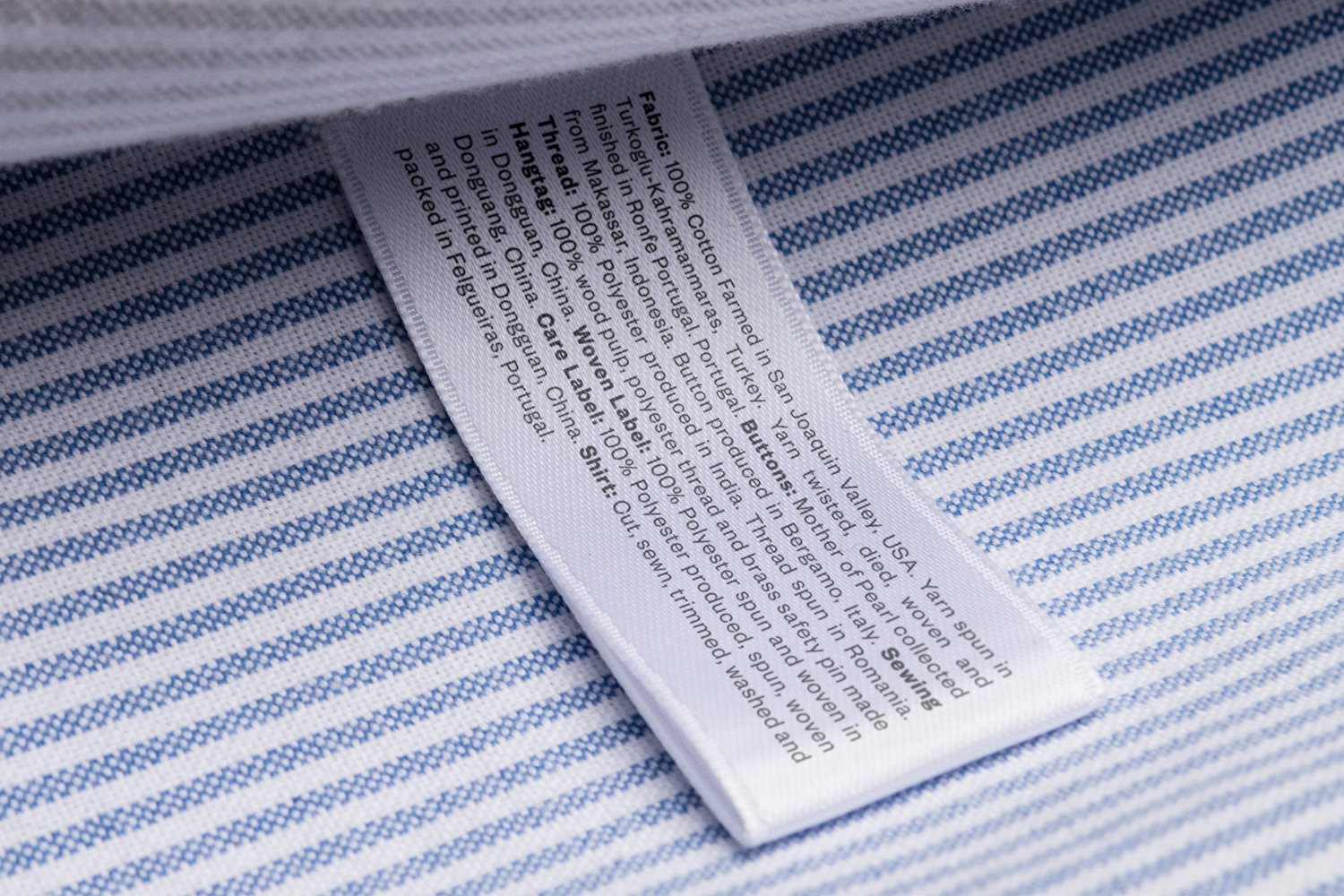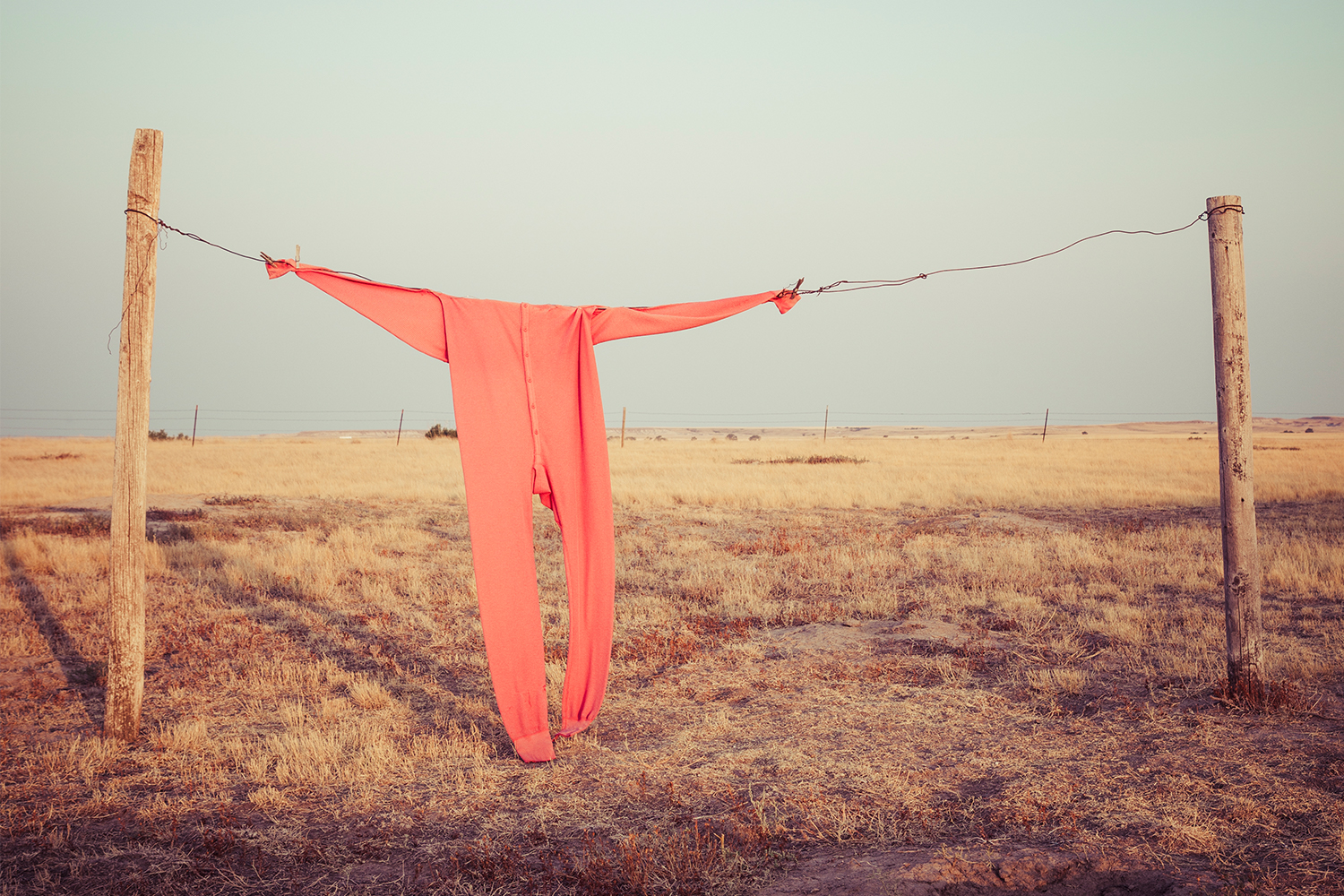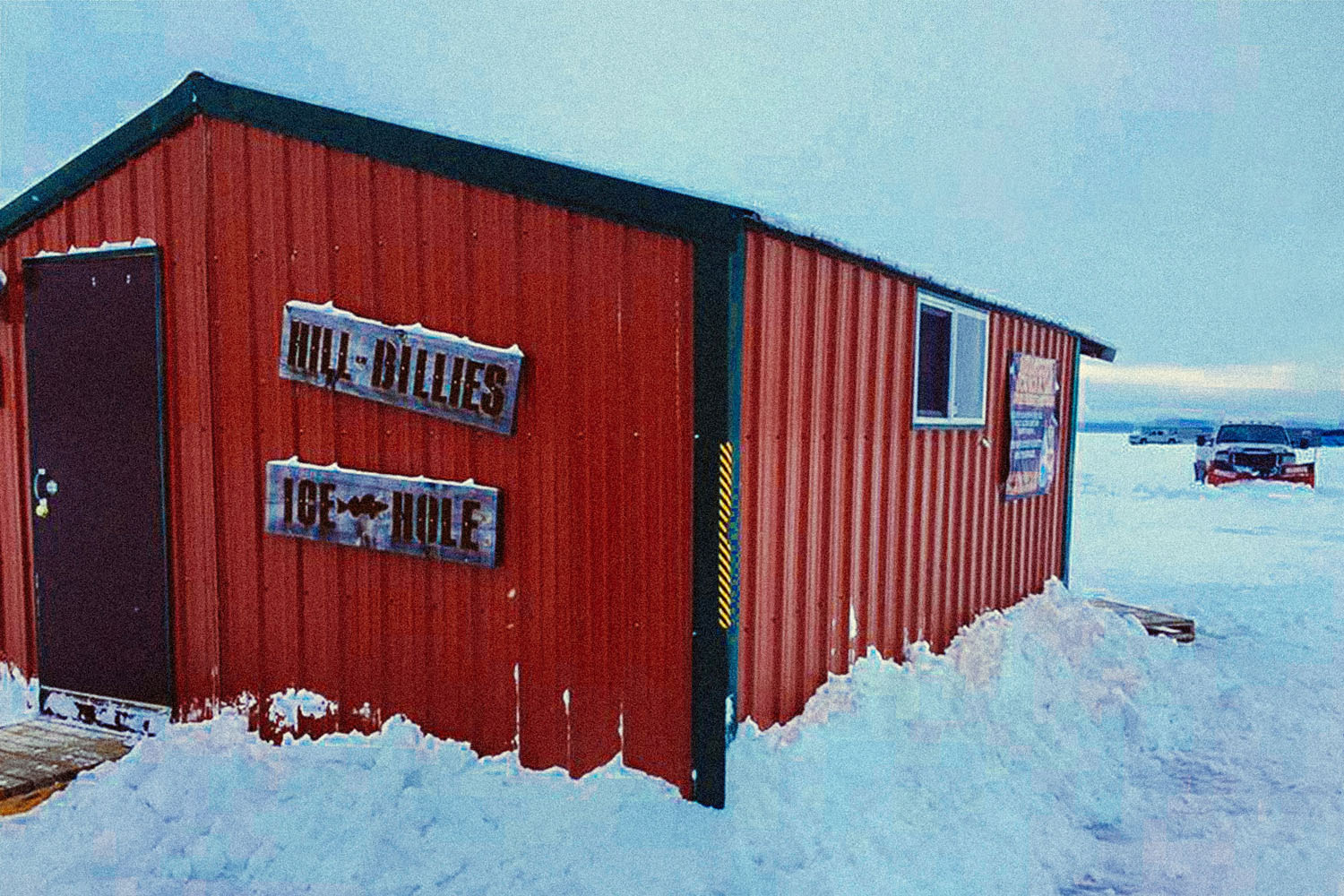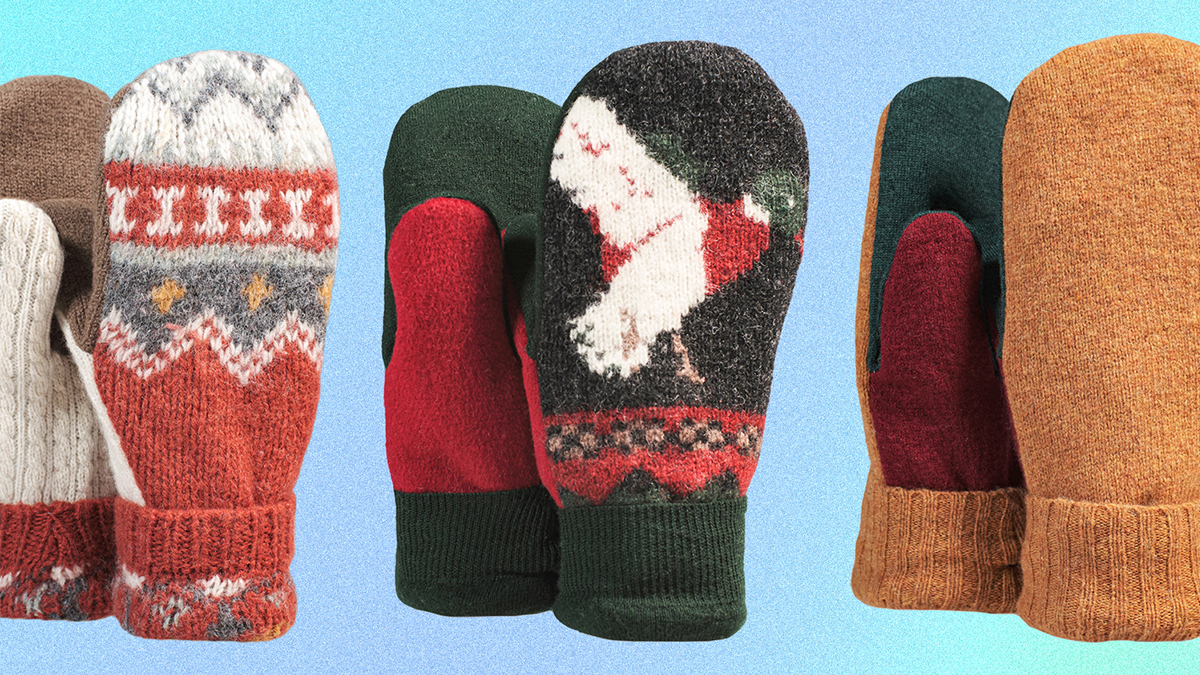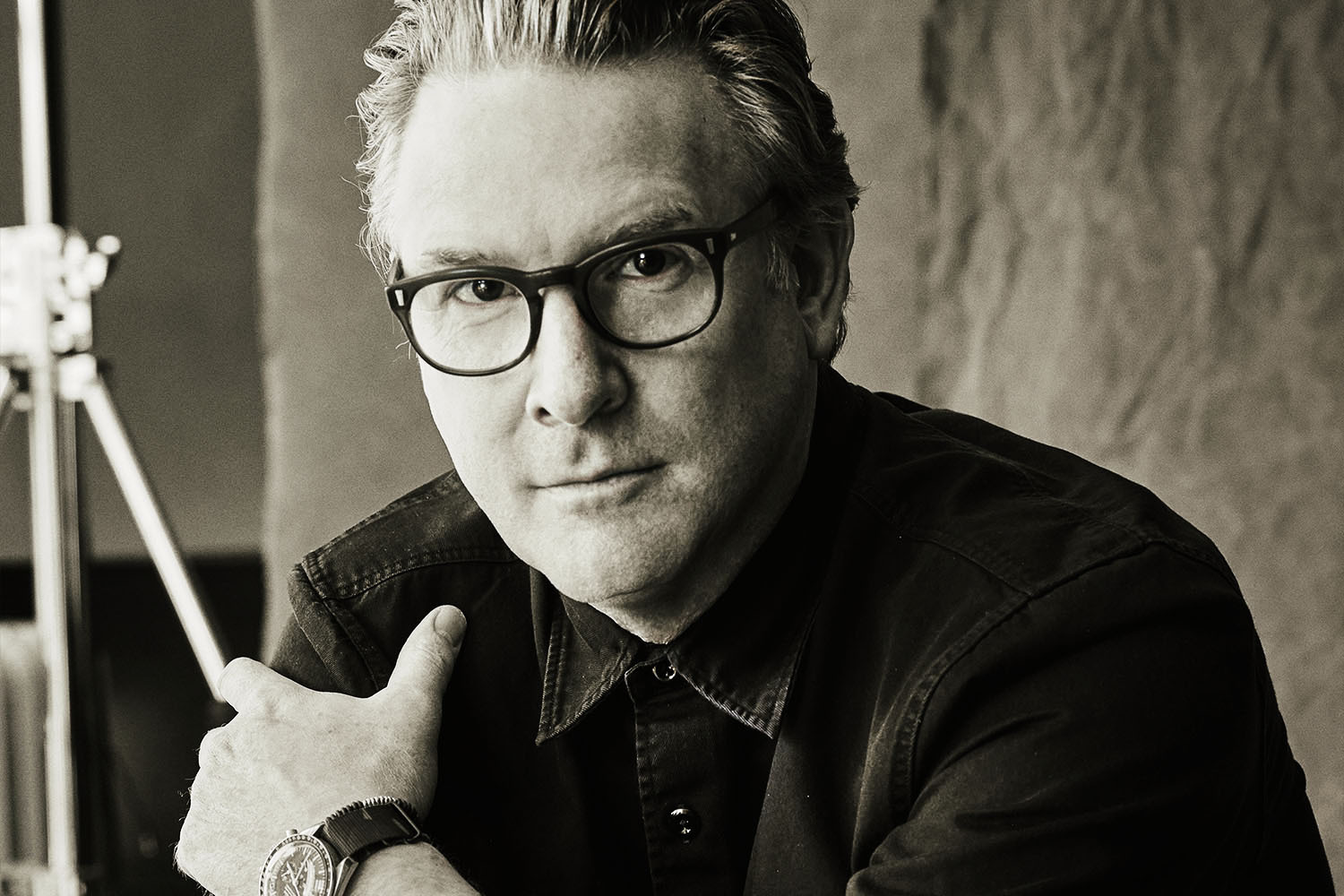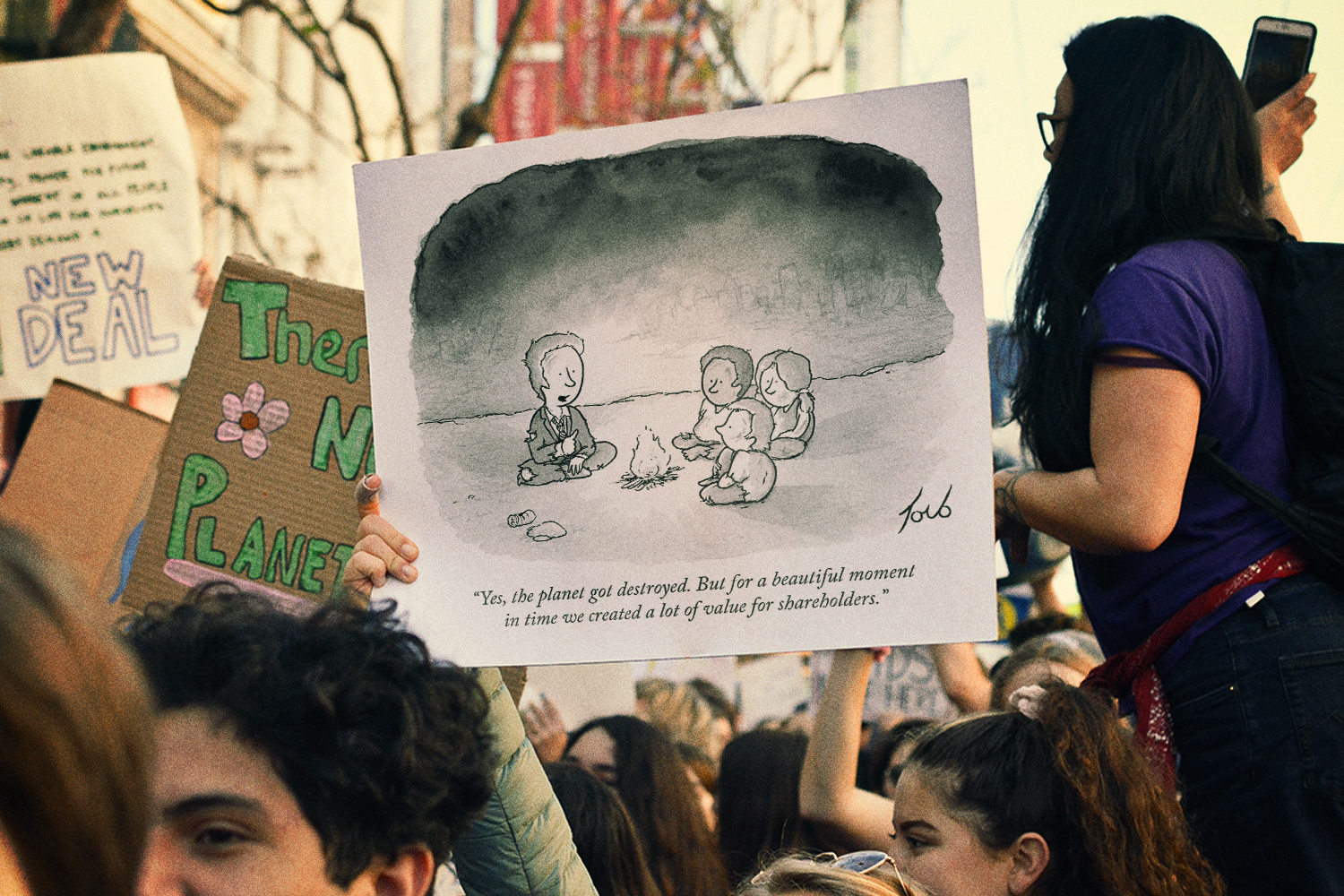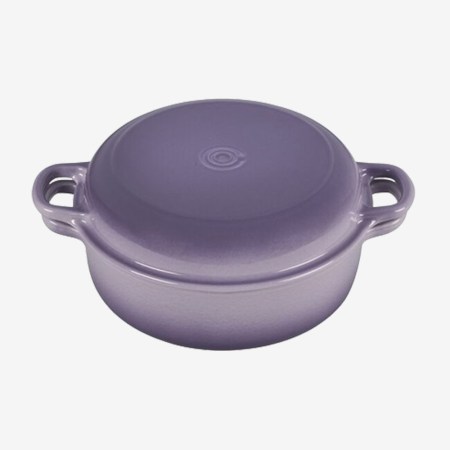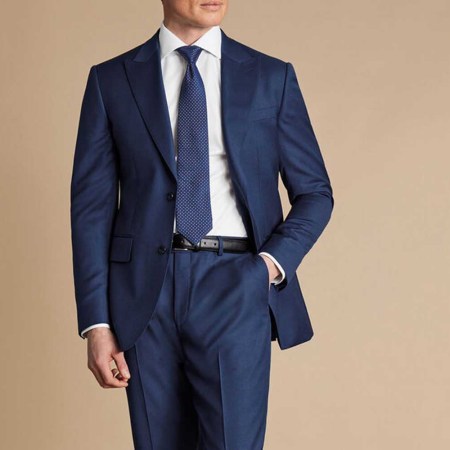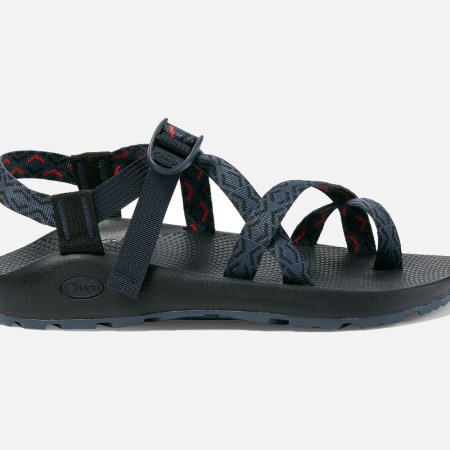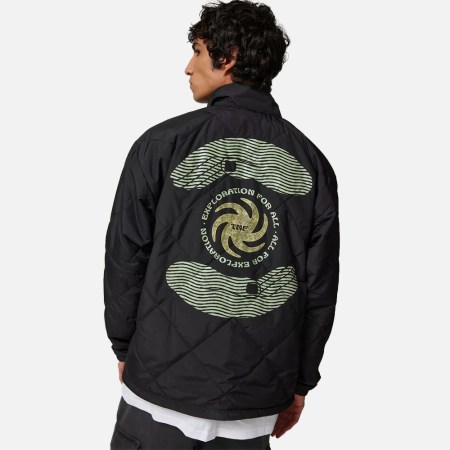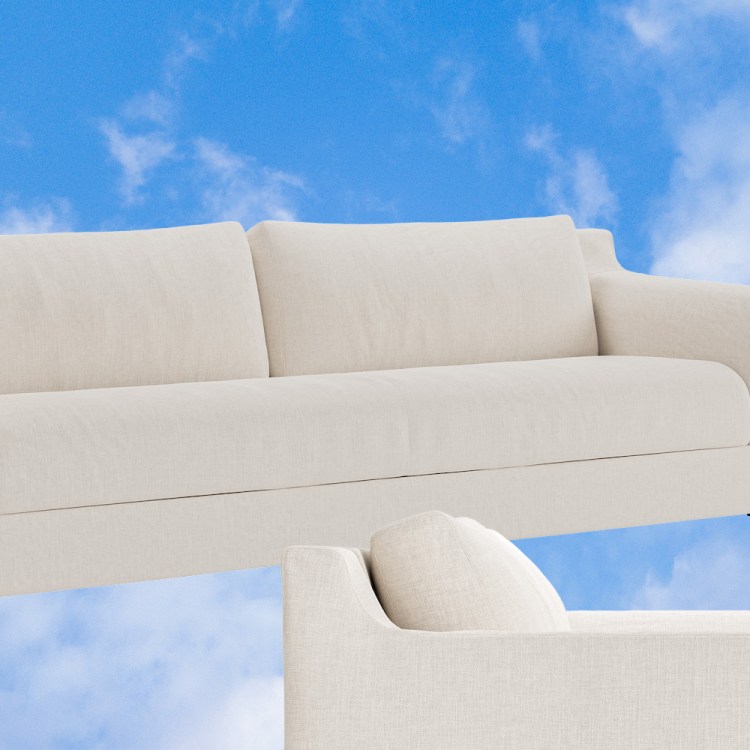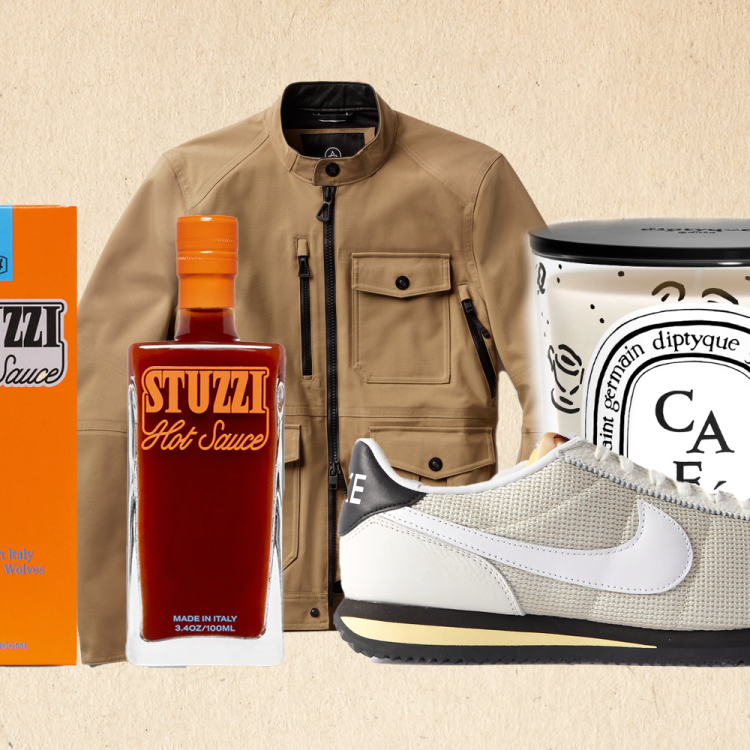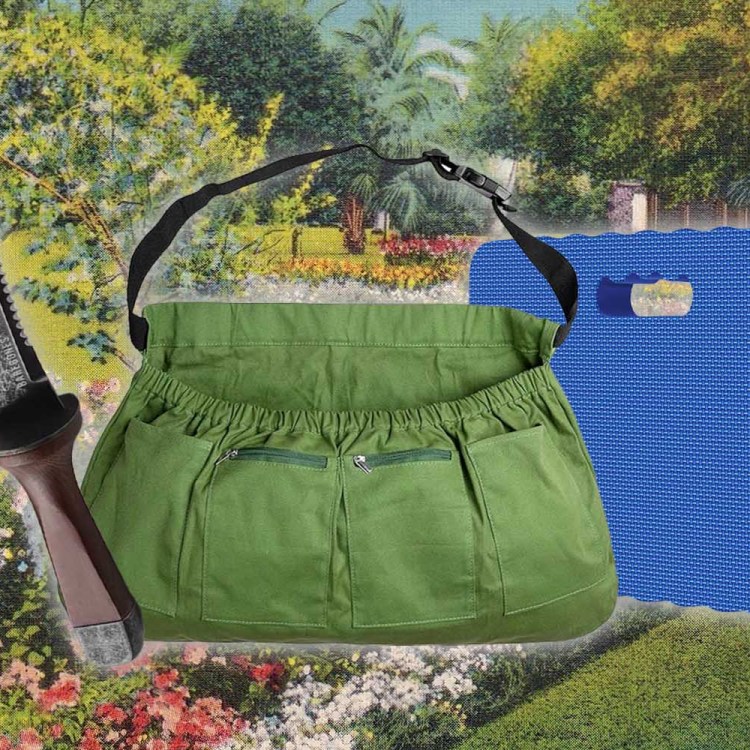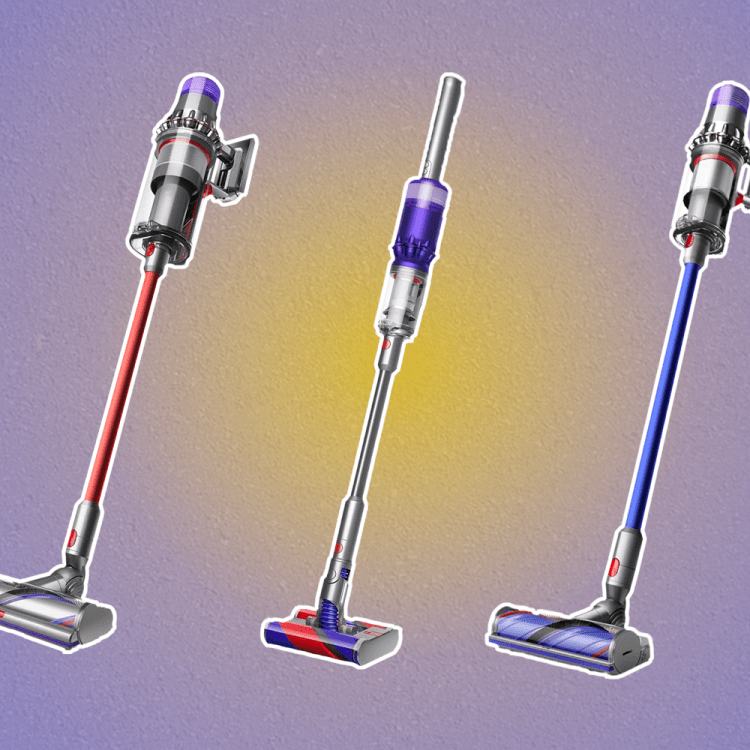Nota bene: If you buy through the links in this article, we may earn a small share of the profits.
Back on a blustery November day in 2013, I stopped by the roving menswear pop-up Northern Grade during its stop in a warehouse in Minneapolis. While there was all manner of American-made goods for sale, my girlfriend and I picked up a couple of pom-pom-topped beanies emblazoned with the word “North” from local shop Askov Finlayson. They had just started releasing their own clothes, and we wanted to support a local business. We had never thought of our state as “the North,” we just thought it was too damn cold for the middle of November, and the hats were warm.
Cut to Super Bowl 52, which took place at the city’s brand-new U.S. Bank Stadium in February 2018. The slogan? “Bold North.” It wasn’t a coincidence, but a culmination of an unintended rebranding of the state, where Minnesotans began to see their long, dark, harsh winters as a covetable badge of honor rather than a signpost in the snow telling outsiders to stay away. The Super Bowl Host Committee even copped to being inspired by Askov Finlayson, and specifically its co-founder Eric Dayton.
Then, a year later, Dayton closed up shop at Askov Finlayson. Was that it? Was the North movement, which had spread beyond the state to other colder climes, officially over? On the contrary, it was just the beginning.
In November 2019, Askov Finlayson reopened, no longer a local menswear outpost but as “the world’s first climate positive outerwear brand.” Its goal: Not to sell other companies’ clothes to Minnesotans, but to sell top-of-the-line winter gear that will keep people around the world warm while also making sure our winters are cold for future generations.
The first product from the relaunched brand was the Winter Parka. But what does “climate positive outerwear” even mean? And should you trust a relatively unknown company with your most essential piece of winter gear? To answer those questions, I sat down with Dayton in his Minneapolis office, then took the parka out for a few days in the early-onset winter (snow, sub-zero windchills and all). Since this story was first published, I also took the plunge and bought myself a parka in the color “Bear Brown,” which is really the ultimate endorsement.
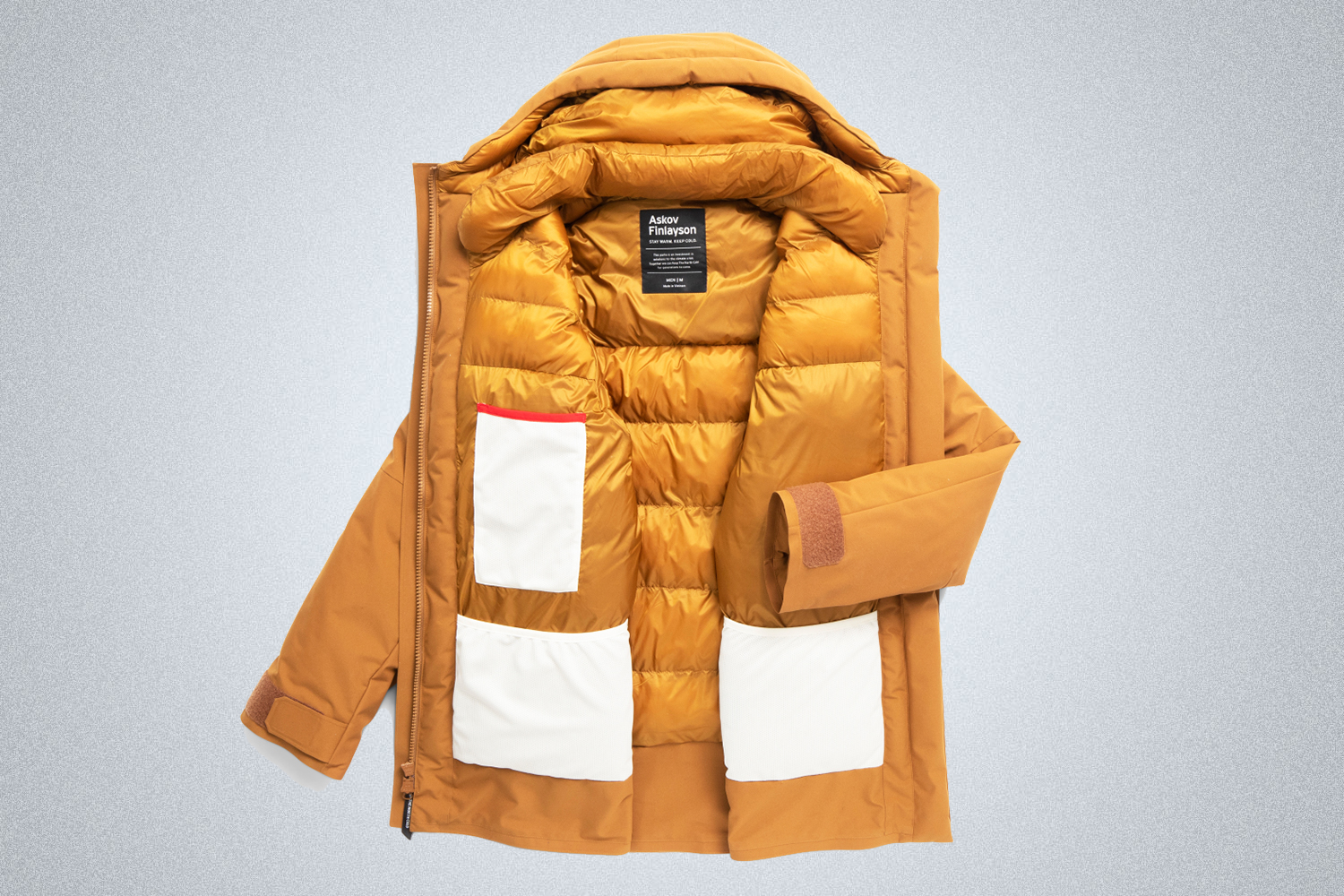
The Winter Parka: Five Things to Know
1. What does it mean to be a climate positive outerwear company?
“I look at the issue of climate change as one where doing good won’t be enough, doing less bad won’t be enough,” says Dayton. “We have to do net good.” To do that, Askov Finlayson launched a giving campaign called Keep The North Cold in 2015, which has evolved into the Give 110% program where the company calculates its entire carbon footprint (which is so detailed it includes employees’ commutes to and from work), converts that into dollars using Obama-era standards of the Social Cost of Carbon (in short, a high standard), multiplies that by 110% and uses that final figure to, as Dayton says, “invest across nonprofits that we really see as being on the leading edge of climate solutions.”.
2. What about the parka itself is climate positive?
“I think the things that you aren’t going to see right away are that both of the exterior fabrics are 100% recycled, and the interior liner is 100% Bluesign certified,” he says. Bluesign is a textile certification that determines whether or not the manufacturing process has the “lowest possible impact on people and the environment,” according to the Swiss company. The insulation is also 100% recycled [more on that below].
3. Why don’t you make it in the U.S. instead of Vietnam?
Dayton says he has been asked this before, and he understands where the question comes from, but says it stems from multiple misconceptions. One: The 100% recycled technical fabrics in the parka are milled in Asia, so the shipping has to happen either way, and it’s more efficient to ship a finished good than raw materials. Two: Consumers may see this as a cost-cutting measure, but on the contrary, Dayton says the decision was “driven by the pursuit of the highest quality.” And three: To that end, they chose to partner with Unico Global to make the parkas because the company’s technology provides about a 97% yield from the raw materials. “And that’s something that most consumers are not going to know about and see,” says Dayton.
4. What’s the One Winter Guarantee?
Besides offering a lifetime warranty for defects from materials or craftsmanship, Askov Finlayson also offers this promise: if you don’t love the parka after a winter of use (that is, 90 days), they’ll take it back, no questions asked. “It’s an expression of our confidence in the product. A lot of people, if they’re buying this online, they’re not going to have a chance to inspect it the way they would buying it from a store. We’re also a young company, so we want to inspire some people to make what’s still an investment purchase — $495 differentiates us from the $1,000 market, but it’s still an investment.”
5. Who designed it?
The company has a crack in-house team, but for this product they also brought in two heavy hitters: John Ly, who has designed jackets for The North Face; and Will Steger, the famous explorer and first person to dogsled across Antarctica, among other frigid feats. Dayton described Steger as “a really important friend and mentor” (they did a Canadian Arctic expedition together in 2004 and one of Steger’s orange parkas has been displayed in Askov Finalyson’s store). He brought the two together at Steger’s Ely homestead and they combed through the explorer’s old parkas to draw inspiration.
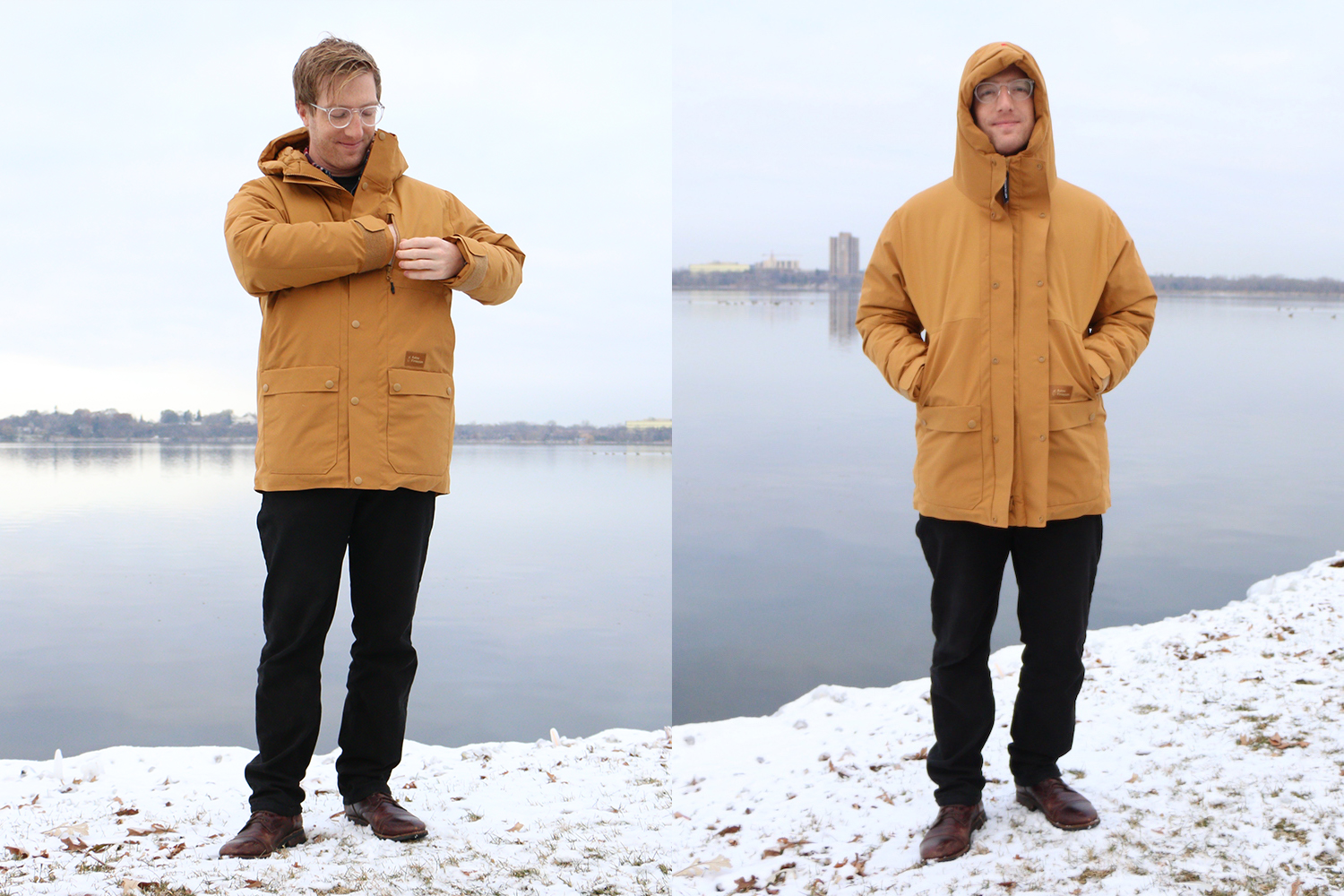
Testing the Parka: Five Things I Noticed
1. The insulation
You’ve heard of Thinsulate, a synthetic insulation created by 3M that withstands wet conditions and is used by everyone from Marmot to Carhartt. But this parka debuted with a brand-new, never-before-seen 3M Thinsulate that’s 100% recycled. “It’s the first time they were able to achieve 100% recycled featherless insulation, and it’s the most down-like they’ve ever created,” says Dayton. “It’s not the sheet insulation that people think of when they think of synthetic. It’s much lighter in terms of weight and has the most down-like loft.” I can confirm it feels like down, and it’s as warm if not warmer than any parka I’ve ever owned.
2. The colors
When winter comes around, the vibrant colors and patterns of summer and the warm tones of fall quickly fade to black, grey and … not much else. Instead of blending in, Askov Finlayson offers its parka in Bear Brown, Cardinal Red, Ever Green, Superior Blue and, yes, Pitch Black. I opted for the golden brown, and was glad for the compliments I got. No one ever has ever commented on my black Marmot parka.
3. The hood
No, there’s no fur around the hood, but that feature is replaced by a tighter “scuba fit” and accentuated edge that provides more protection than most parkas on the market, even if it makes you look a bit like Diglett from Pokemon.
4. The Afield Pocket
Tucked into one of the many interior pockets is a Faraday pouch, which will block signals to your phone when it’s placed inside. “It’s not something we want to be heavy handed about, we want to let people discover it and decide if and how they want to use it,” says Dayton. I appreciated it as a reminder to disconnect, but when you’re out in the bitter cold, you might also need easy access to communication.
5. The comfort
I’ve worn many different winter coats in my life, from 700-fill black puffers to sherpa-lined canvas beaters to snowboard jackets with headphone-integration. So believe me when I tell you, this thing feels luxurious — plush and warm and even warmer once you get moving. I hate to wear a parka over a suit, but I tested it out here, and while there was the unavoidable bulk, it was the least unflattering suit-parka combo I’ve ever worn.
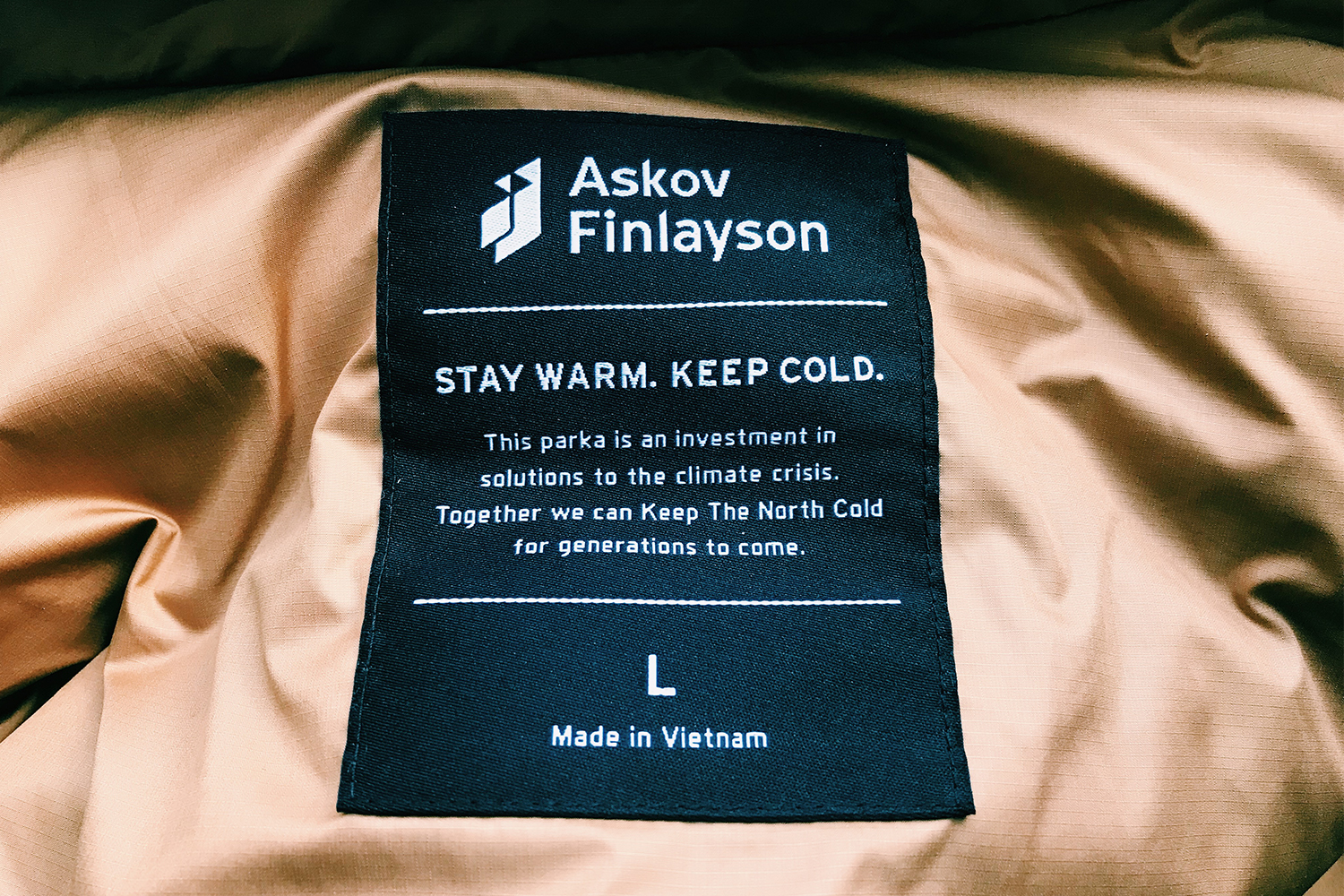
OK, so the parka sure sounds swell, but I admittedly still haven’t answered the foundational question to all this: do you really need a $500 parka from a Minnesotan company you’ve never heard of?
“I have a friend who lives in Maine and he’s like, ‘I think we’re the North,’” recalls Dayton. “I’m like, ‘By all means, be the North!’” From one Minnesotan to another, that’s a very passive Minnesotan answer. But he’s onto something. By attaching a cold, snowy season to your identity, and rallying around the cause of keeping that season intact for future generations, we have a tangible reason to fight back against climate change, whether that manifests itself in voting for a candidate that acknowledges the reality of the climate crisis, or by buying a more responsible parka.
As for the future of the North trend that Dayton started, he ends on this note: “I think it’s becoming less and less someone saying where they’re from, and more about saying who they are as a person.”
We've put in the work researching, reviewing and rounding up all the shirts, jackets, shoes and accessories you'll need this season, whether it's for yourself or for gifting purposes. Sign up here for weekly style inspo direct to your inbox.
